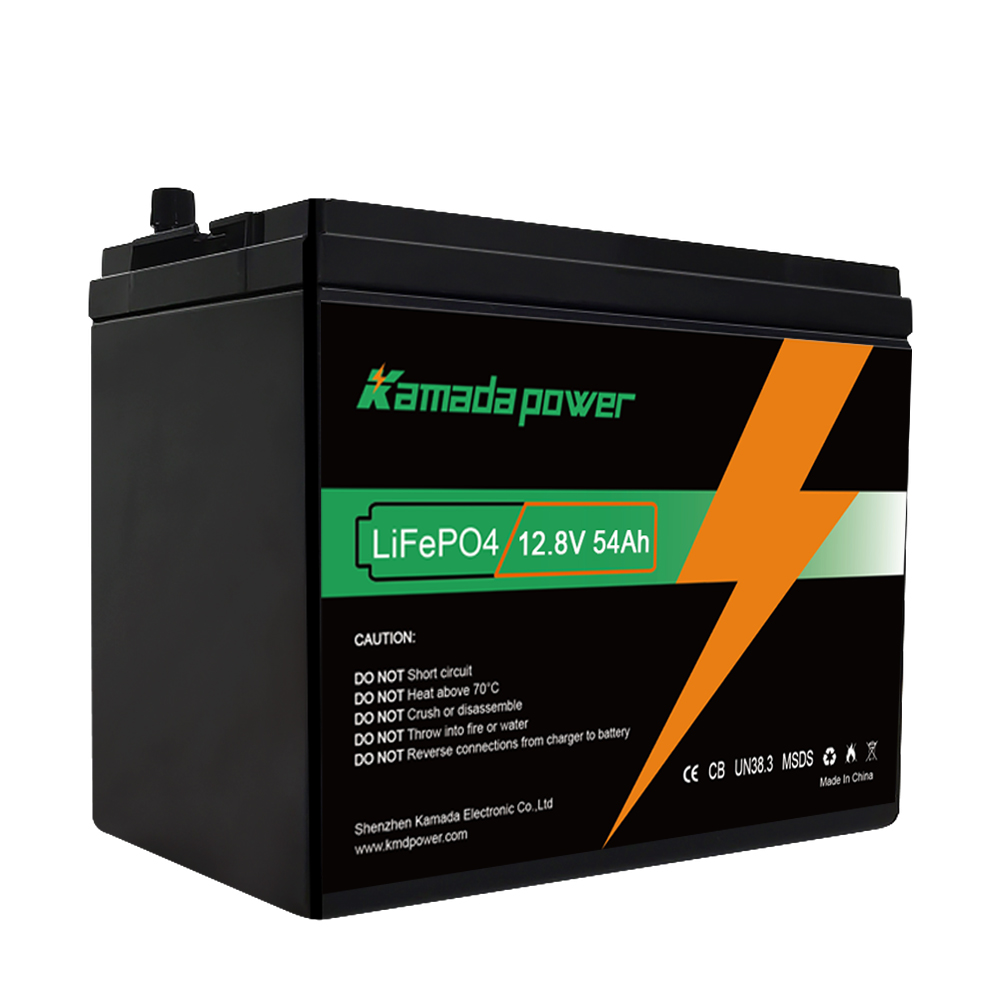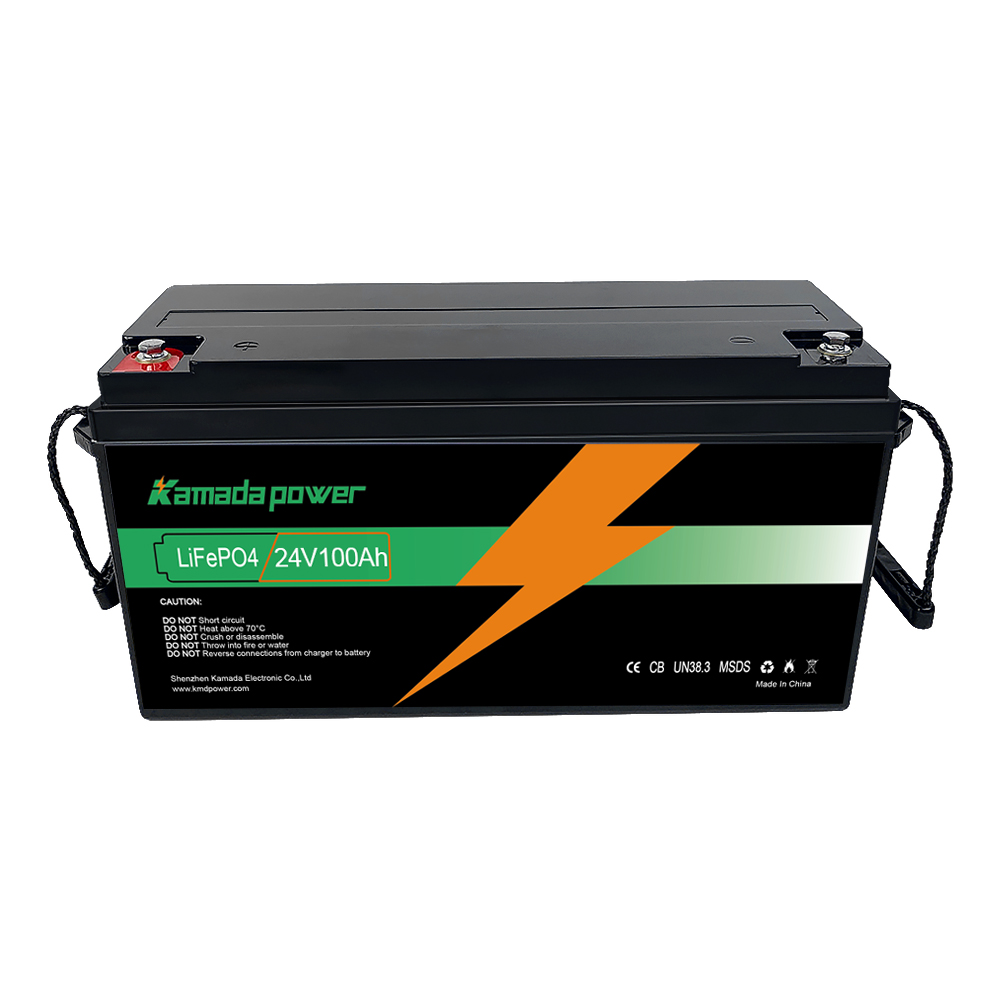Batterij Schrobber vs Batterij veegmachine: Hoe kies je de juiste LiFePO4 batterij voor schoonmaakmachines. Laten we eerlijk zijn, in een druk magazijn of een uitgestrekt commercieel centrum is vloeronderhoud een klus waar geen einde aan komt. Uw schrobmachines en veegmachines zijn dag in dag uit in de weer. Maar hier is een probleem dat we regelmatig zien: een vloot van geweldige machines die worden lamgelegd door de verkeerde batterijen. Een schrobzuigmachine en een veegmachine lijken misschien op elkaar, maar de manier waarop ze energie verbruiken verschilt enorm. Het maken van de juiste keuze is niet alleen een onderhoudstaak; het is een belangrijke operationele beslissing die van invloed is op uw budget, uw arbeid en hoeveel werk er daadwerkelijk wordt gedaan.
We hebben deze gids geschreven voor de mensen die deze gesprekken voeren - de OEM's, de distributeurs en de facility managers of schoonmaakbedrijven op het terrein. We komen meteen ter zake: de echte verschillen in stroomverbruik, wat je moet weten over spanning en capaciteit en waarom LiFePO4 echt de enige slimme keuze is voor deze apparatuur in de toekomst.

12V 60Ah Lifepo4 accu

24V 100AH Lifepo4 accu
1. Belangrijkste verschillen tussen schrobmachines en veegmachines
Het eerste dat je moet begrijpen is dat je deze twee machines niet op dezelfde manier van energie kunt voorzien. Bij de ene gaat het om brute kracht, bij de andere om finesse.
- Schrobmachines gaan helemaal voor het zware schoonmaakwerk. Ze gebruiken zware borsteldekken en krachtige pompen om kracht en vloeistof toe te passen, waardoor het vuil letterlijk van de vloer wordt gestript. Dit is een slopend, energierijk proces. Het vergt veel van de batterij, die lange tijd een hoge stroom moet leveren, vaak 2 tot 6 uur. Maar de echte test is de inschakelstroom. Wanneer die grote motoren draaien, creëren ze een enorme stroompiek die kan oplopen tot 100 ampère. Als een accu niet is gebouwd om die piek aan te kunnen, zal hij niet meer presteren of, erger nog, na verloop van tijd schade oplopen.
- Veegmachines hebben een meer gerichte taak: het verzamelen van los materiaal. Hun combinatie van borstels en vacuümventilatoren zorgt voor een veel stabieler en gematigder stroomverbruik. Meestal zie je ze voor kortere periodes draaien, misschien 2 tot 4 uur. Een grote veegmachine heeft zeker een batterij met een goede capaciteit nodig, maar de batterij wordt niet zo zwaar belast.
| Type apparatuur | Functie | Batterijvereisten |
|---|
| Schrobber | Vloerreiniging met roterende borstel + waterpomp | Hoge capaciteit, hoge piekontlading, continue werking van 2-6 uur |
| Veegmachine | Vegen met borstel + stofzuiger | Matige capaciteit, gemiddelde ontlading, continue werking van 2-4 uur |
Wat kun je hieruit afleiden? De juiste batterij is een specifieke formule. Deze is gebaseerd op de stroombehoefte, de looptijd die u nodig hebt en de onderliggende batterijchemie. Als je dat goed doet, wordt je apparatuur iets waar je op kunt rekenen.
2. Selectiegids voor spanning en capaciteit
Laat één ding duidelijk zijn: je machine dicteert het voltage. Daar valt niet over te discussiëren. Of het nu een 12V, 24V, 36V of 48V systeem is, je moet het aanpassen.
Waar je keuzes hebt, is in de capaciteit - de Ampère-uren (Ah). Zie dit als je brandstoftank. Voor een snelle schatting van hoe lang een accu meegaat, is deze formule een goed uitgangspunt:
Bedrijfstijd (uren) = (Capaciteit batterij × spanning) ÷ Vermogen machine (W)
| Type apparatuur | Aanbevolen spanning | Aanbevolen capaciteit | Typische runtime |
|---|
| Schrobber | 24-36V | 50-120Ah | 2-6 uur |
| Veegmachine | 12-36V | 30-80Ah | 2-4 uur |
Wat betekent dat in de praktijk? Een middelgrote Tennant schrobzuigmachine met een 24V 80Ah LiFePO4 accu kan ongeveer 3,5 tot 4 uur hard werken, genoeg om een bepaalde zone te bestrijken voor een pauze. Een kleinere Nilfisk loopveegmachine? Met een 25,6 V 50 Ah batterij kom je gemakkelijk aan de 2,5 tot 3 uur die je nodig hebt. Je doel is om je team genoeg werktijd te geven om hun taken af te maken zonder dat ze zich voortdurend zorgen hoeven te maken over het vinden van een oplader.
3. Vergelijking batterijchemie
Lange tijd zat de industrie vast aan verzegelde loodzuuraccu's (SLA). Ze waren zwaar, hadden regelmatig onderhoud nodig en hadden een frustrerend korte levensduur. Tegenwoordig is LiFePO4 (lithiumijzerfosfaat) niet alleen een alternatief, maar een complete technologische upgrade.
- Ze zijn veel lichter. Dit is niet zomaar een klein gemak. Een lichtere batterij is gemakkelijker voor je onderhoudsteam tijdens het verwisselen. Het vermindert ook het totale gewicht van de machine, wat minder slijtage aan banden en aandrijfcomponenten betekent.
- Ze kunnen diepe cycli aan. Deze machines worden dagelijks gebruikt. LiFePO4-batterijen zijn gemaakt voor dat soort misbruik. Je kunt ze duizenden keren leeg laten lopen en weer opladen zonder dat de capaciteit aanzienlijk afneemt, wat dodelijk is voor loodzuuraccu's.
- Het veiligheidsprofiel is dag en nacht. Je hebt te maken met een vaste stof chemie, dus er is geen bijtend zuur om te morsen. Het risico op een thermische gebeurtenis is ongelooflijk klein. Het is één ding minder om je zorgen over te maken bij je veiligheidsaudits.
- De levensduur is veel langer. Een LiFePO4-pakket van goede kwaliteit levert 2000 cycli of meer. In de praktijk betekent dit dat je misschien elke vijf of zes jaar een accu koopt, in plaats van elke twee jaar. Dat verandert het hele economische plaatje van accubezit.
De business case om over te stappen is gewoon overweldigend. Het draait allemaal om het maximaliseren van de uptime. Neem een Kärcher ride-on schrobzuigmachine in een logistiek centrum. Met LiFePO4 kan uw operator de stekker in het stopcontact steken tijdens een lunchpauze van 30 minuten en de batterij weer opladen. Dat soort snel opladen is onmogelijk met loodzuur. Het geeft u een nieuw niveau van operationele flexibiliteit.
4. Strategie voor batterijselectie
Dus, hoe maak je de juiste beslissing? Doorloop deze mentale checklist.
- Begin met het stroomprofiel van de machine. Je kent de spanning. Maar moet het grote pieken aankunnen? Een scrubber absoluut wel. Dat betekent dat de batterij een hoogwaardig Battery Management System (BMS) nodig heeft - het brein van de operatie - dat deze pieken aankan. Een veegmachine is vergevingsgezinder.
- Denk na over je workflow. Hoe lang heb je eigenlijk de machine nodig heeft om te werken? Wees realistisch. Als je de batterij te klein maakt, creëer je een constant knelpunt. Overdimensioneren is gewoon geld dat je niet had hoeven uitgeven. Streef naar een capaciteit die de klus klaart met een kleine buffer.
- Pak het meetlint. Dit klinkt eenvoudig, maar het is een klassieke fout. Ken de exacte afmetingen van het batterijcompartiment. Het mooie van de energiedichtheid van LiFePO4 is dat je vaak meer runtime kunt krijgen in exact dezelfde fysieke ruimte als de oude batterij.
- Weet dat maatwerk een optie is. Niet alle wagenparken zijn uniform. De modulaire aard van LiFePO4-cellen betekent dat een goede leverancier een pakket kan bouwen met vrijwel elke specificatie. Dit is een enorm voordeel als je oudere of minder gangbare apparatuur hebt.
Dit is geen theorie; dit is wat de toonaangevende merken doen. Ze combineren Nilfisk schrobmachines met robuuste 24-25.6V packs en voorzien zware Tennant machines van 24-36V accu's die gebouwd zijn voor hoge ontlading. Het draait allemaal om het afstemmen van de krachtbron op de eisen van het gereedschap.
5. Schrobmachine vs Veegmachine Praktische vergelijking Samenvatting
| Functie | Schrobber | Veegmachine |
|---|
| Stroomvraag | Hoog | Matig |
| Afvoersnelheid | Hoge piek | Gematigd & stabiel |
| Capaciteit | Groot | Medium |
| Aanbevolen spanning | 24-36V | 12-36V |
| Aanbevolen chemie | LiFePO4 | LiFePO4 |
| Typische toepassing | Fabrieken, magazijnen, supermarkten, ziekenhuizen, grote commerciële gebouwen | Winkels, scholen, hotellobby's, kantoorgebouwen, parkeergarages |
Hier is het spiekbriefje. Deze tabel geeft een overzicht van de belangrijkste verschillen. Gebruik het als een snelle referentie om er zeker van te zijn dat je de juiste batterij aan de juiste taak koppelt.
Conclusie
Als je een stap terug doet en het hele plaatje bekijkt - prestaties, levensduur, veiligheid, onderhoud - dan wordt het duidelijk dat LiFePO4 de juiste technologie is voor deze klus. Voor iedereen die uiteindelijk tot aanschaf overgaat, is het proces vrij eenvoudig. Je moet de het voltage van de machine, begrijp de werkelijke stroomafname en ken de fysieke ruimte waarmee u moet werken..
De overstap naar rechts maken LiFePO4-batterij is geen kostenpost. Het is een investering in betrouwbaarheid en lagere totale eigendomskosten. Het betekent dat uw personeel zijn tijd kan besteden aan schoonmaken en niet hoeft te wachten tot de batterij is opgeladen. Neem contact met ons op naar aangepaste LiFePO4-batterijoplossingen die speciaal ontworpen zijn voor de eisen van uw wagenpark.